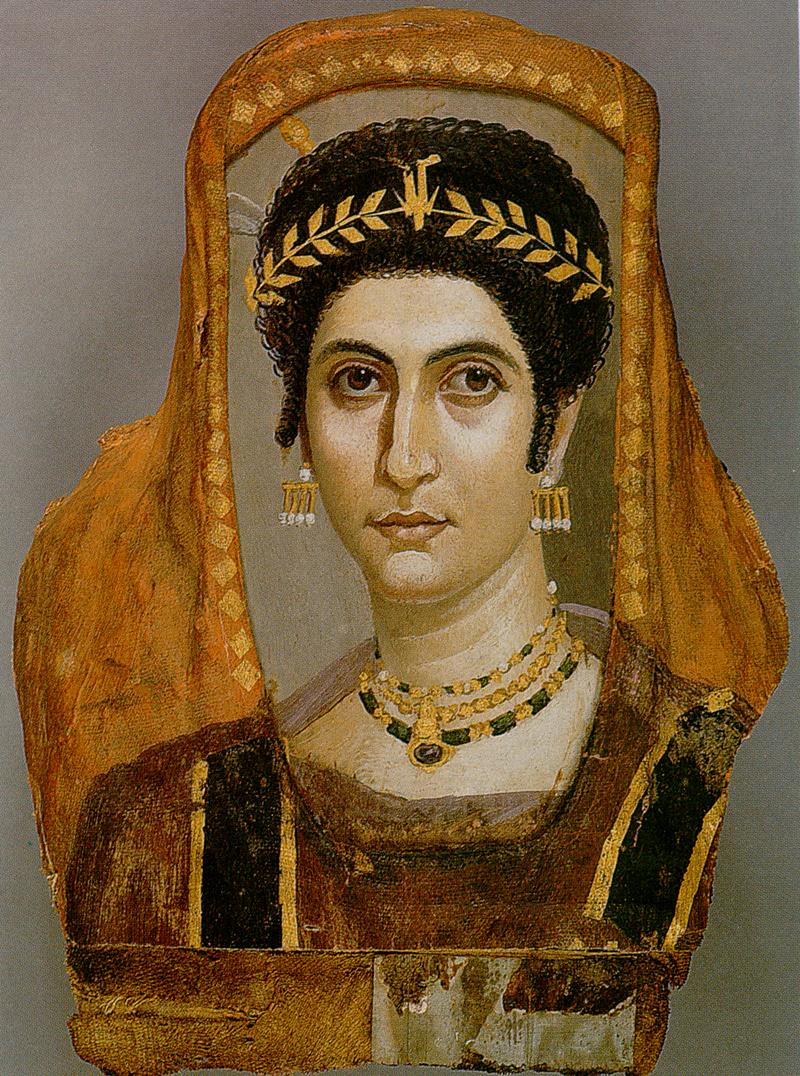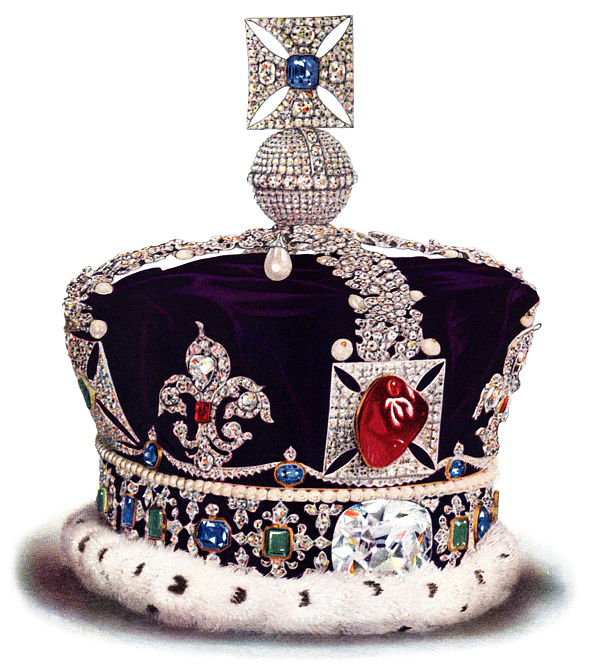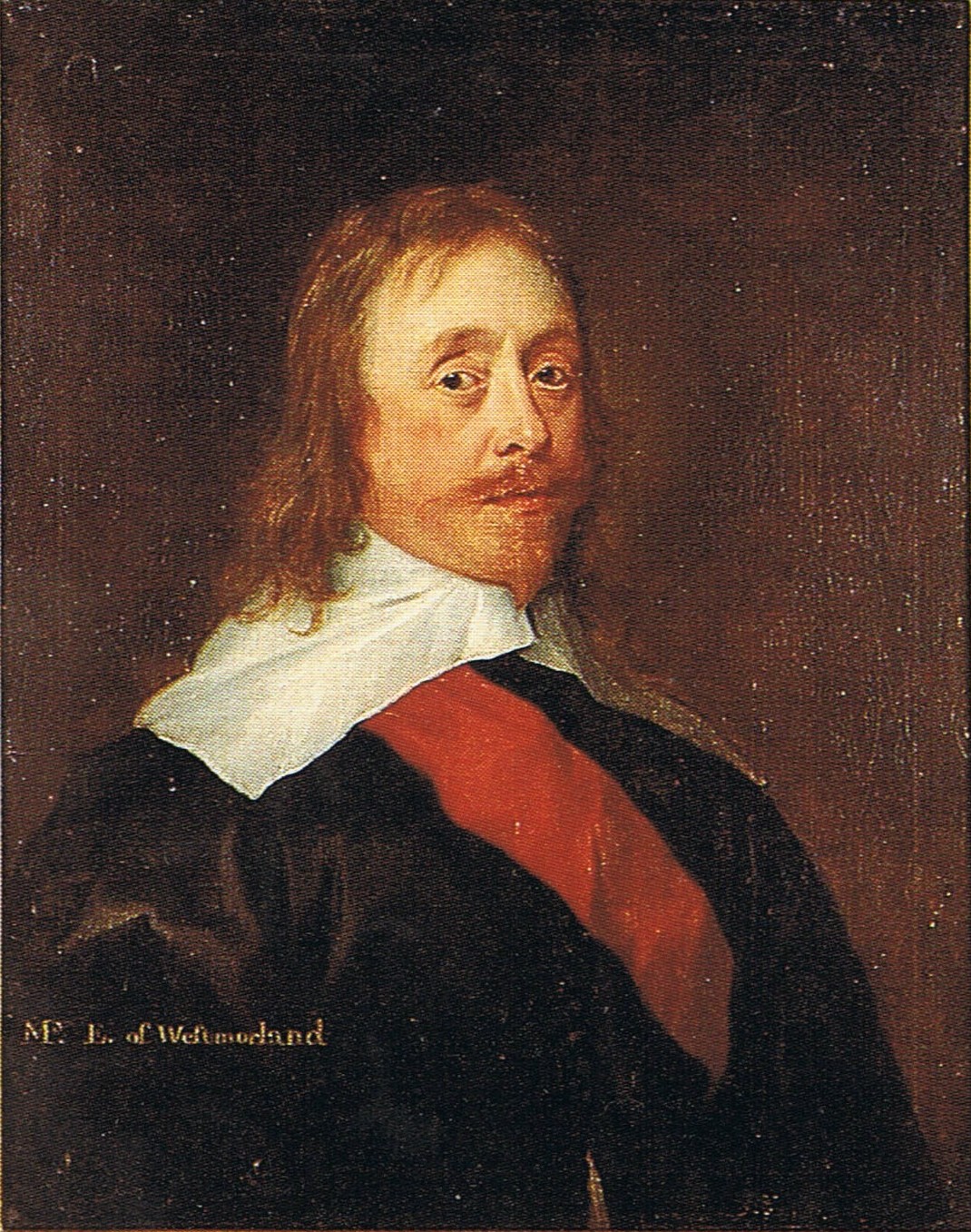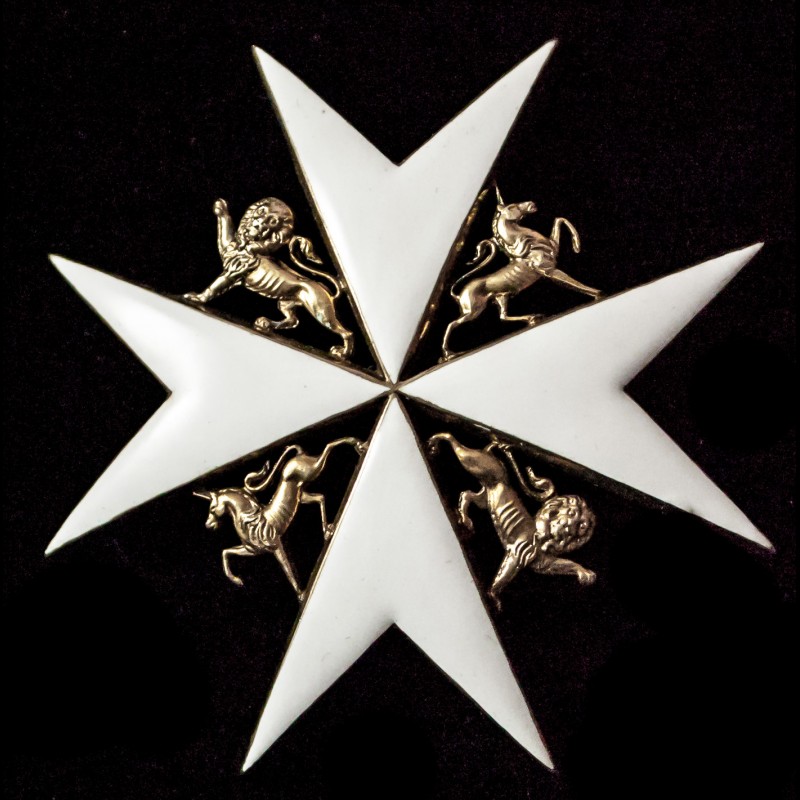|
Circlet
A circlet is a piece of headwear that is similar to a diadem or a corolla. The word 'circlet' is also used to refer to the base of a crown or a coronet, with or without a cap. Diadem and circlet are often used interchangeably, and 'open crowns' with no arches (as opposed to ' closed crowns') have also been referred to as circlets. In Greek this is known as ''stephanos'', and in Latin as ''corona aperta'', although ''stephanos'' is associated more with laurel wreaths and the crown of thorns said to have been placed on the head of Jesus. Heraldic circlet In heraldry, a circlet of an order of knighthood may be placed around the shield of the bearer to signify membership of a particular order. In British heraldry, this pertains to the grades of Commander and above (i.e. Knight Commander and Knight Grand Cross): File:Order of the Garter in Heraldry.svg, The Garter circlet File:Circlet heraldique des chevaliers du Bain.svg, Order of the Bath File:Ornements Ordre de Saint-Michel et ... [...More Info...] [...Related Items...] OR: [Wikipedia] [Google] [Baidu] |
Tiara
A tiara (, ) is a head ornament adorned with jewels. Its origins date back to ancient Greco-Roman world. In the late 18th century, the tiara came into fashion in Europe as a prestigious piece of jewelry to be worn by women at formal occasions. The basic shape of the modern tiara is a semicircle, usually made of silver, gold, or platinum and richly decorated with precious stones, pearls, or cameos. Tiaras were extremely popular during the late 19th century and were worn at events where the dress code was white tie. After World War I, wearing a tiara gradually fell out of fashion, except for official occasions at a royal court. Interest in tiaras has increased again since the beginning of the 21st century. The word ''tiara'' is often used interchangeably with the word ''diadem''. Description The basic shape of the modern tiara is a semi-circle, usually made of silver, gold or platinum. Tiaras have also been made from tortoiseshell, coral and quartz, and in the 20th century ... [...More Info...] [...Related Items...] OR: [Wikipedia] [Google] [Baidu] |
Crowns (headgear)
A crown is a traditional form of head adornment, or hat, worn by monarchs as a symbol of their power and dignity. A crown is often, by extension, a symbol of the monarch's government or items endorsed by it. The word itself is used, particularly in Commonwealth countries, as an abstract name for the monarchy itself (and, by extension, the state of which said monarch is head) as distinct from the individual who inhabits it (that is, ''The Crown''). A specific type of crown (or coronet for lower ranks of peerage) is employed in heraldry under strict rules. Indeed, some monarchies never had a physical crown, just a heraldic representation, as in the constitutional kingdom of Belgium. Variations * Costume headgear imitating a monarch's crown is also called a crown hat. Such costume crowns may be worn by actors portraying a monarch, people at costume parties, or ritual "monarchs" such as the king of a Carnival krewe, or the person who found the trinket in a king cake. * The n ... [...More Info...] [...Related Items...] OR: [Wikipedia] [Google] [Baidu] |
Closed Crown
A hoop crown ( or ''Spangenkrone'',Hartman, entries "Spangenkrone, Bügelkrone" ),Lohrmann (1973), p. 764 arched crown, or closed crown, is a crown consisting of a "band around the temples and one or two bands over the head".Kornbluth (1990), p. 61 First used by the Carolingian dynasty,Schramm (1956), p. 888 hoop crowns became increasingly popular among royal dynasties in the Late Middle Ages,Schramm (1959), p. 562 and the dominant type of crown in the Modern Era.Schramm (1959), p. 561 Origins Hoop crowns were introduced to Germanic Europe by the Carolingian dynasty, who usurped the throne of the Frankish Empire from the Merovingian dynasty in 751. However their use dates back to the end of the Roman Empire and the Byzantine Empire.Grierson, P. (1993). Catalogue of the Byzantine Coins in the Dumbarton Oaks Collection and in the Whittemore Collection, 2: Phocas to Theodosius III, 602-717. Universidad de Harvard. Estados Unidos. The Carolingian hoop crown was most probably derived ... [...More Info...] [...Related Items...] OR: [Wikipedia] [Google] [Baidu] |
Royal Victorian Order
The Royal Victorian Order () is a dynastic order of knighthood established in 1896 by Queen Victoria. It recognises distinguished personal service to the monarch, members of the royal family, or to any viceroy or senior representative of the monarch. The present monarch, King Charles III, is the sovereign of the order. The order's motto is ''Victoria.'' The order's official day is 20 June. The order's chapel is the Savoy Chapel in London. There is no limit on the number of individuals honoured at any grade. Admission is at the sole discretion of the monarch. Each of the order's five grades represent different levels of service, as does the medal, which has three levels of service. While all those honoured may use the prescribed styles of the order – the top two grades grant titles of knighthood, and all grades accord distinct post-nominal letters – the Royal Victorian Order's precedence amongst other honours differs from realm to realm and admission to some grades may be ba ... [...More Info...] [...Related Items...] OR: [Wikipedia] [Google] [Baidu] |
Order Of The Bath
The Most Honourable Order of the Bath is a British order of chivalry founded by King George I of Great Britain, George I on 18 May 1725. Recipients of the Order are usually senior British Armed Forces, military officers or senior Civil Service (United Kingdom), civil servants, and the monarch awards it on the advice of His Majesty's Government. The name derives from an elaborate medieval ceremony for preparing a candidate to receive his knighthood, of which ritual bathing (as a symbol of Ritual purification, purification) was an element. While not all knights went through such an elaborate ceremony, knights so created were known as "knights of the Bath". George I constituted the Knights of the Bath as a regular Order (honour), military order. He did not revive the order, which did not previously exist, in the sense of a body of knights governed by a set of statutes and whose numbers were replenished when vacancies occurred. The Order consists of the Sovereign of the United King ... [...More Info...] [...Related Items...] OR: [Wikipedia] [Google] [Baidu] |
Open St
Open or OPEN may refer to: Music * Open (band), Australian pop/rock band * The Open (band), English indie rock band * ''Open'' (Blues Image album), 1969 * ''Open'' (Gerd Dudek, Buschi Niebergall, and Edward Vesala album), 1979 * ''Open'' (Gotthard album), 1999 * ''Open'' (Cowboy Junkies album), 2001 * ''Open'' (YFriday album), 2001 * ''Open'' (Shaznay Lewis album), 2004 * ''Open'' (Jon Anderson EP), 2011 * ''Open'' (Stick Men album), 2012 * ''Open'' (The Necks album), 2013 * Open (Kwon Eun-bi EP), 2021 * ''Open'', a 1967 album by Julie Driscoll, Brian Auger and the Trinity * ''Open'', a 1979 album by Steve Hillage * "Open" (Queensrÿche song) * "Open" (Mýa song) * "Open", the first song on The Cure album ''Wish'' Literature * ''Open'' (Mexican magazine), a lifestyle Mexican publication * ''Open'' (Indian magazine), an Indian weekly English language magazine featuring current affairs * ''OPEN'' (North Dakota magazine), an out-of-print magazine that was printed in ... [...More Info...] [...Related Items...] OR: [Wikipedia] [Google] [Baidu] |
Orders, Decorations, And Medals Of The United Kingdom
In the United Kingdom and the British Overseas Territories, personal bravery, achievement, or service are rewarded with honours. The honours system consists of three types of award: *Honours are used to recognise merit in terms of achievement and service; *State decoration, Decorations tend to be used to recognise specific deeds; *Medals are used to recognise service on a particular operation or in a specific theatre, long or valuable service, and good conduct. Appointments to the various Order (distinction), orders and awards of other honours are usually published in ''The London Gazette''. Brief history Although the Anglo-Saxon monarchs are known to have rewarded their loyal subjects with rings and other symbols of favour, it was the Normans who introduced knighthoods as part of their Feudalism, feudal government. The first English order of chivalry, the Order of the Garter, was created in 1348 by Edward III. Since then, the system has evolved to address the changing need t ... [...More Info...] [...Related Items...] OR: [Wikipedia] [Google] [Baidu] |
Achievement (heraldry)
In heraldry, an achievement, armorial achievement or heraldic achievement (historical: hatchment) is a full display or depiction of all the heraldic components to which the bearer of a coat of arms is entitled. An achievement comprises not only the arms displayed on the Escutcheon (heraldry), escutcheon, the central element, but also the following elements surrounding it (from top to bottom): * Slogan (heraldry), Slogan or war-cry * Mantle and pavilion (heraldry), Mantle and pavilion * Crest (heraldry), Crest placed atop a: * Torse (or cap of maintenance as a special honour) * Mantling * Helmet (heraldry), Helm of appropriate variety; if holder of higher rank than a baronet, issuing from a: * Coronet or Crown (heraldry), crown (not used by baronets), of appropriate variety. * Console (heraldry), Console (decorative or aesthetic in purpose, and not officially part of the armorial grant) * Supporters (if the bearer is entitled to them, generally in modern usage not baronets), whi ... [...More Info...] [...Related Items...] OR: [Wikipedia] [Google] [Baidu] |
Order Of Saint John (chartered 1888)
The Most Venerable Order of the Hospital of Saint John of Jerusalem (), commonly known as the Order of St John, and also known as St John International, is an order of chivalry constituted in 1888 by royal charter from Queen Victoria and dedicated to St John the Baptist. The order traces its origins back to the Knights Hospitaller in the Middle Ages, the oldest surviving Order of chivalry, chivalric order which is generally considered to be founded in Jerusalem in 1099, which was later known as the Sovereign Military Order of Malta, Order of Malta. A faction of them emerged in France in the 1820s and moved to Britain in the early 1830s, where, after operating under a succession of grand priors and different names, it became associated with the founding in 1882 of the St John Ophthalmic Hospital near the Old City (Jerusalem), old city of Jerusalem and the St John Ambulance, St John Ambulance Brigade in 1887. The order is found throughout the Commonwealth of Nations, Hong Kong, t ... [...More Info...] [...Related Items...] OR: [Wikipedia] [Google] [Baidu] |
Order Of The British Empire
The Most Excellent Order of the British Empire is a British order of chivalry, rewarding valuable service in a wide range of useful activities. It comprises five classes of awards across both civil and military divisions, the most senior two of which make the recipient either a Orders, decorations, and medals of the United Kingdom#Modern honours, knight if male or a dame (title), dame if female. There is also the related British Empire Medal, whose recipients are affiliated with the order, but are not members of it. The order was established on 4 June 1917 by King George V, who created the order to recognise 'such persons, male or female, as may have rendered or shall hereafter render important services to Our Empire'. Equal recognition was to be given for services rendered in the UK and overseas. Today, the majority of recipients are UK citizens, though a number of Commonwealth realms outside the UK continue to make appointments to the order. Honorary awards may be made to cit ... [...More Info...] [...Related Items...] OR: [Wikipedia] [Google] [Baidu] |
Order Of St Michael And St George
The Most Distinguished Order of Saint Michael and Saint George is a British order of chivalry founded on 28 April 1818 by George, Prince of Wales (the future King George IV), while he was acting as prince regent for his father, King George III. It is named in honour of two military saints, Michael (archangel), Michael and Saint George, George. The Order of St Michael and St George was originally awarded to those holding commands or high position in the Mediterranean Sea, Mediterranean territories acquired in the Napoleonic Wars, and it was subsequently extended to holders of similar office or position in other territories of the British Empire. It is at present awarded to men and women who hold high office or who render extraordinary or important non-military service to the United Kingdom in a foreign country, and it can also be conferred for important or loyal service in relation to foreign and Commonwealth of Nations, Commonwealth affairs. Description The three classes of ap ... [...More Info...] [...Related Items...] OR: [Wikipedia] [Google] [Baidu] |






